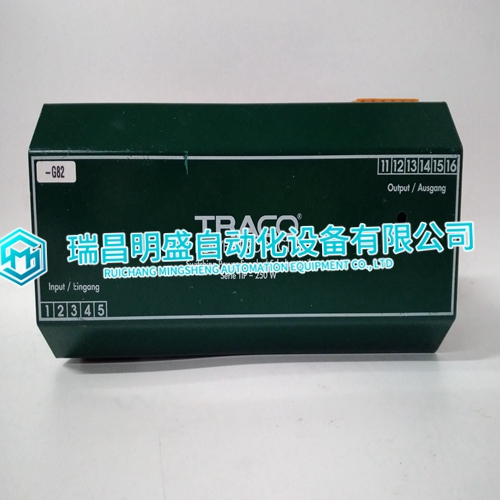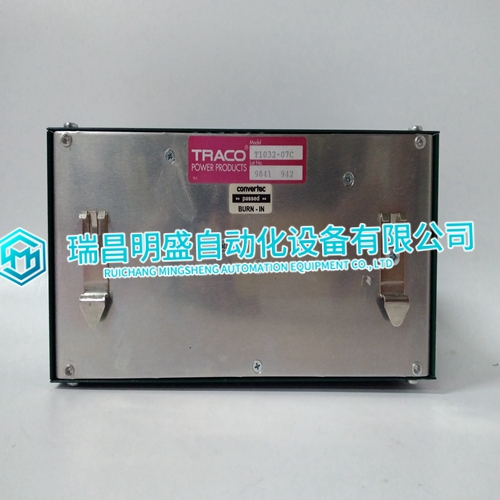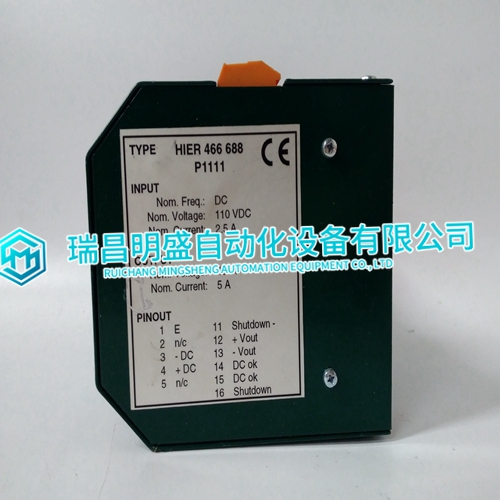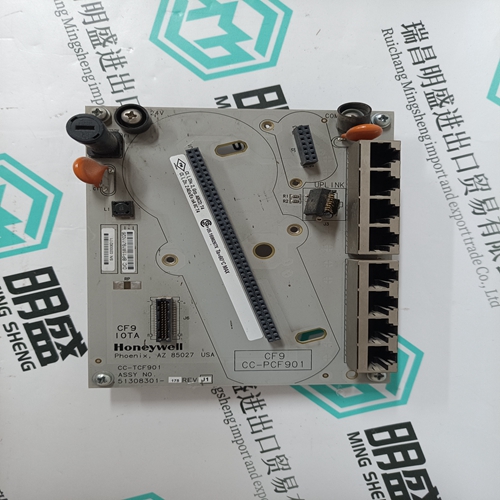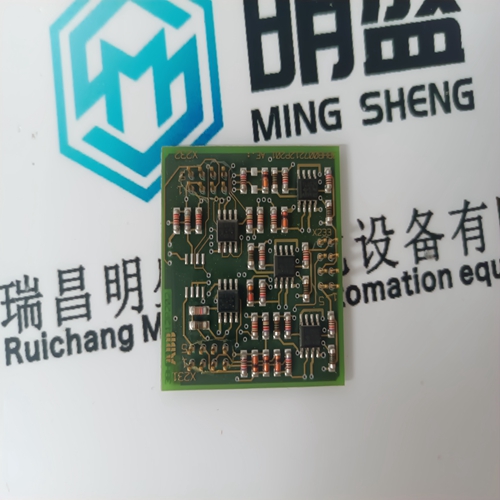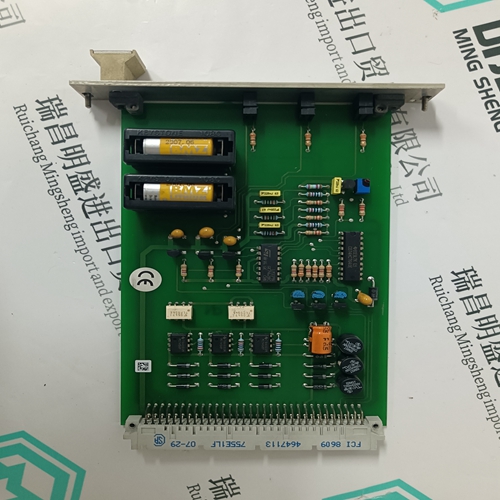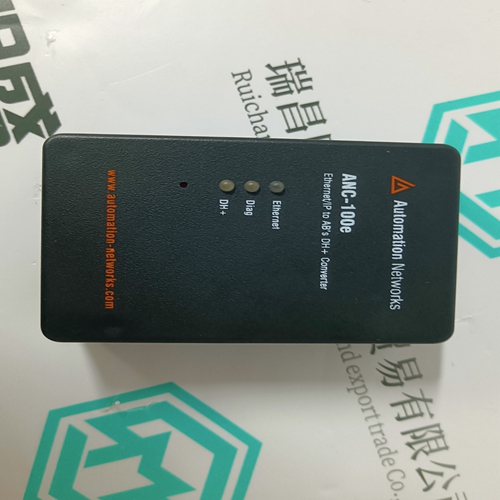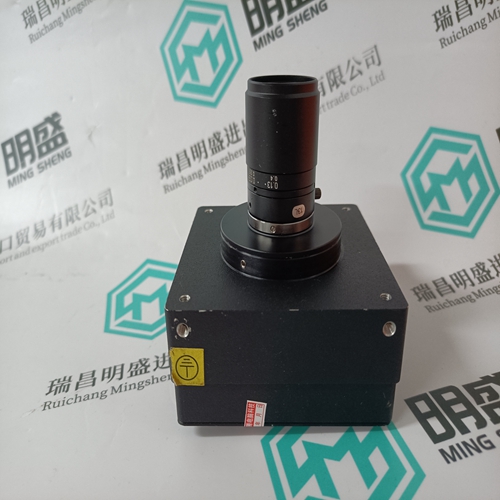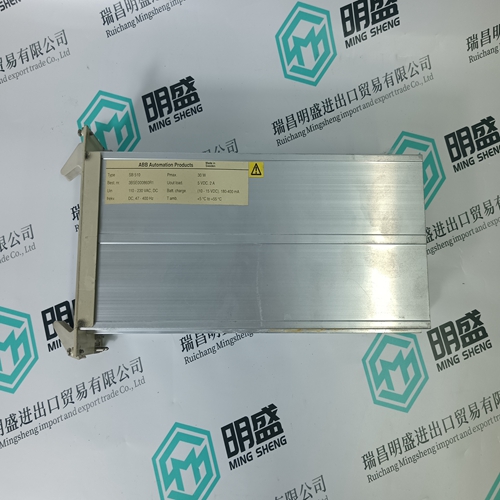Home > Product > DCS control system > T1032-07C HIER466688P111 Logic input module
T1032-07C HIER466688P111 Logic input module
- Product ID: T1032-07C HIER466688P111
- Brand: ABB
- Place of origin: The Swiss
- Goods status: new/used
- Delivery date: stock
- The quality assurance period: 365 days
- Phone/WhatsApp/WeChat:+86 15270269218
- Email:stodcdcs@gmail.com
- Tags:T1032-07CHIER466688P111Logic input module
- Get the latest price:Click to consult
T1032-07C HIER466688P111 Logic input module
For example, a message from master to slave to read a group of holding registers would have the following function code: 0000 0011 (Hexadecimal 03) If the slave device takes the requested action without error, it returns the same code in its response. If an exception occurs, it returns: 1000 0011 (Hexadecimal 83) In addition to its modification of the function code for an exception response, the slave places a unique code into the data field of the response message. This tells the master what kind of error occurred, or the reason for the exception. The master device’s application program has the responsibility of handling exception responses. Typical processes are to post subsequent retries of the message, to try diagnostic messages to the slave, and to notify operators.
Contents of the Data Field
The data field is constructed using sets of two hexadecimal digits, in the range of 00 to FF hexadecimal. These are made from one RTU character, according to the network’s serial transmission mode. The data field of messages sent from a master to slave devices contains additional information which the slave must use to take the action defined by the function code. This can include items like discrete and register addresses, the quantity of items to be handled, and the count of actual data bytes in the field. For example, if the master requests a slave to read a group of holding registers (function code 03), the data field specifies the starting register and how many registers are to be read. If the master writes to a group of registers in the slave (function code 10 hexadecimal), the data field specifies the starting register, how many registers to write, the count of data bytes to follow in the data field, and the data to be written into the registers.
If no error occurs
the data field of a response from a slave to a master contains the data requested. If an error occurs, the field contains an exception code that the master application can use to determine the next action to be taken. The data field can be nonexistent (of zero length) in certain kinds of messages. For example, in a request from a master device for a slave to respond with its communications event log (function code 0B hexadecimal), the slave does not require any additional information. The NMBA-01 does not support the function code 0B hexadecimal. The function code alone specifies the action.

